Water stains on clothes after washing: what causes them and how to save your clothes?
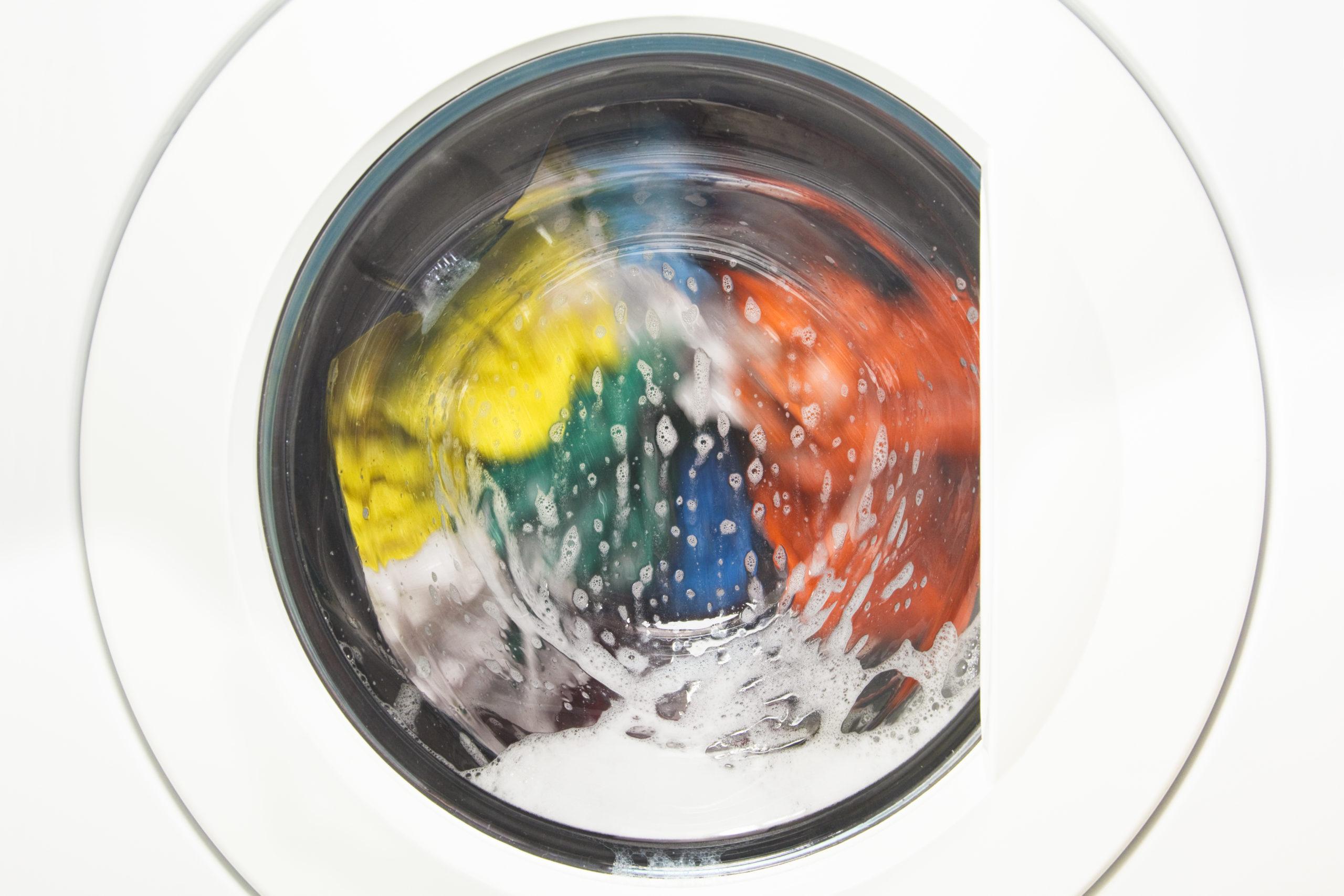
Did you know that your hard water could be ruining your clothes? It sounds dramatic doesn’t it, but sadly it’s true. For the millions of Brits who live in hard water areas, washing your clothes could leave mineral deposits behind.
What does this mean? Well, our expert team reveals all in this helpful guide to washing clothes in hard water, and keeping them looking newer for longer.
Searching for more cleaning tips and tricks? Head on over to our blog for helpful cleaning guides on a range of different topics.
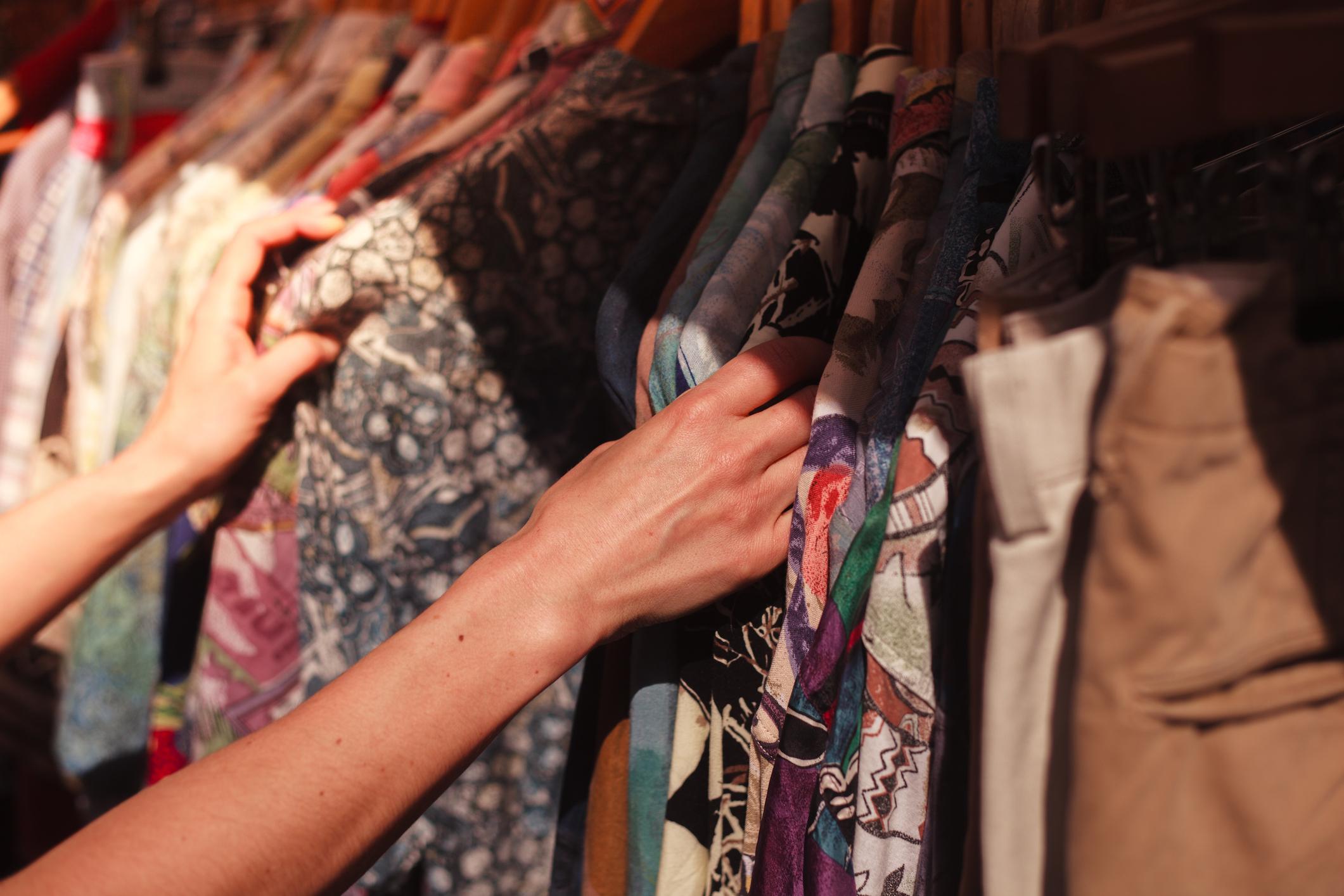
What causes water marks on clothes?
Water marks and streaks on freshly washed clothes are often caused by hard water. The high mineral content—mainly calcium and magnesium—leaves behind limescale residue that clings to fabric during the wash. Over time, this buildup can make clothes look dull or patchy. Learn more about hard water effects and howto prevent limescale.
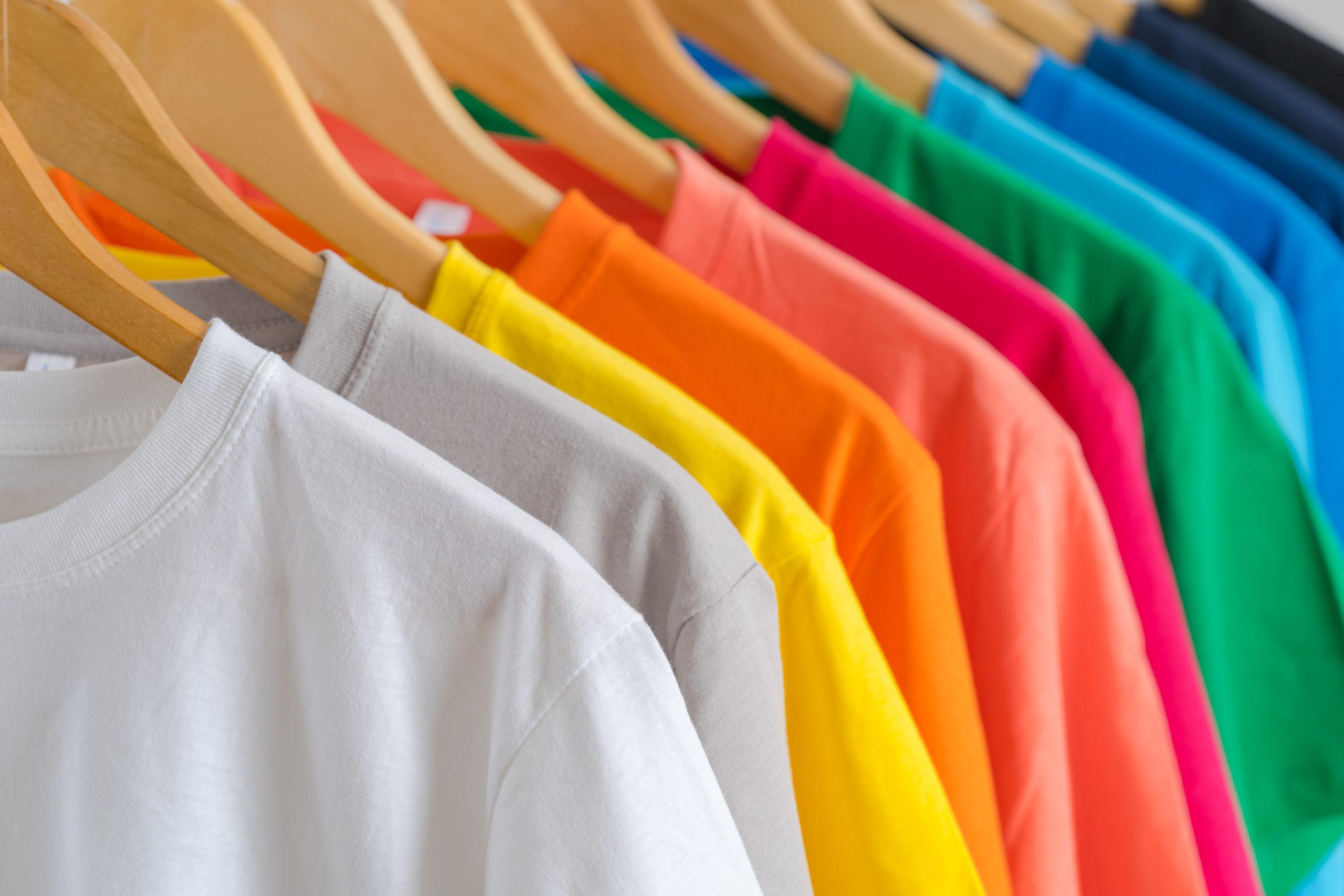
How does water hardness affect my clothes?
We rarely think about how our clothes are washed — or how hard water might be damaging them. Hard water’s high mineral content reduces detergent effectiveness, leading to issues like:
- Weakened fabric fibers
- Whites turning grey
- Stiff, harsh-feeling clothes
- Faded colors and dull textures
Using more detergent can help soften the water, but problems may persist in hard water areas.
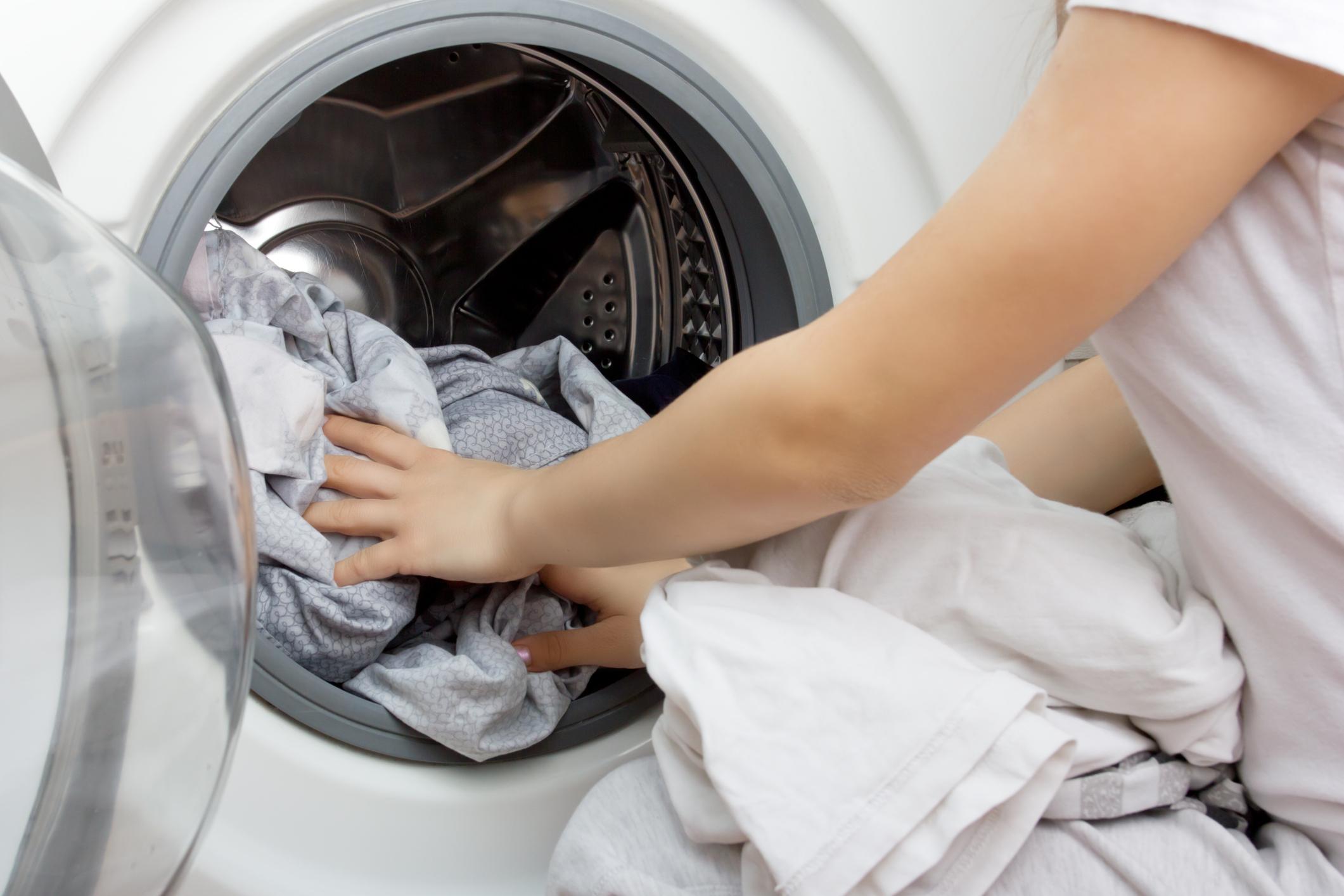
Are hard water stains permanent on clothes?
Hard water stains aren’t always permanent, but they can be tough to remove if ignored. Mineral buildup causes yellow marks and stiffness. A water softener and proper washing can help prevent and even reverse the damage.
Does hard water fade clothes?
Yes, over time hard water can fade your clothes. Whites may turn grey or yellow, and colours can develop white or grey streaks as minerals settle on the fabric. While products like white restorers can help, hard water will still cause gradual fading.
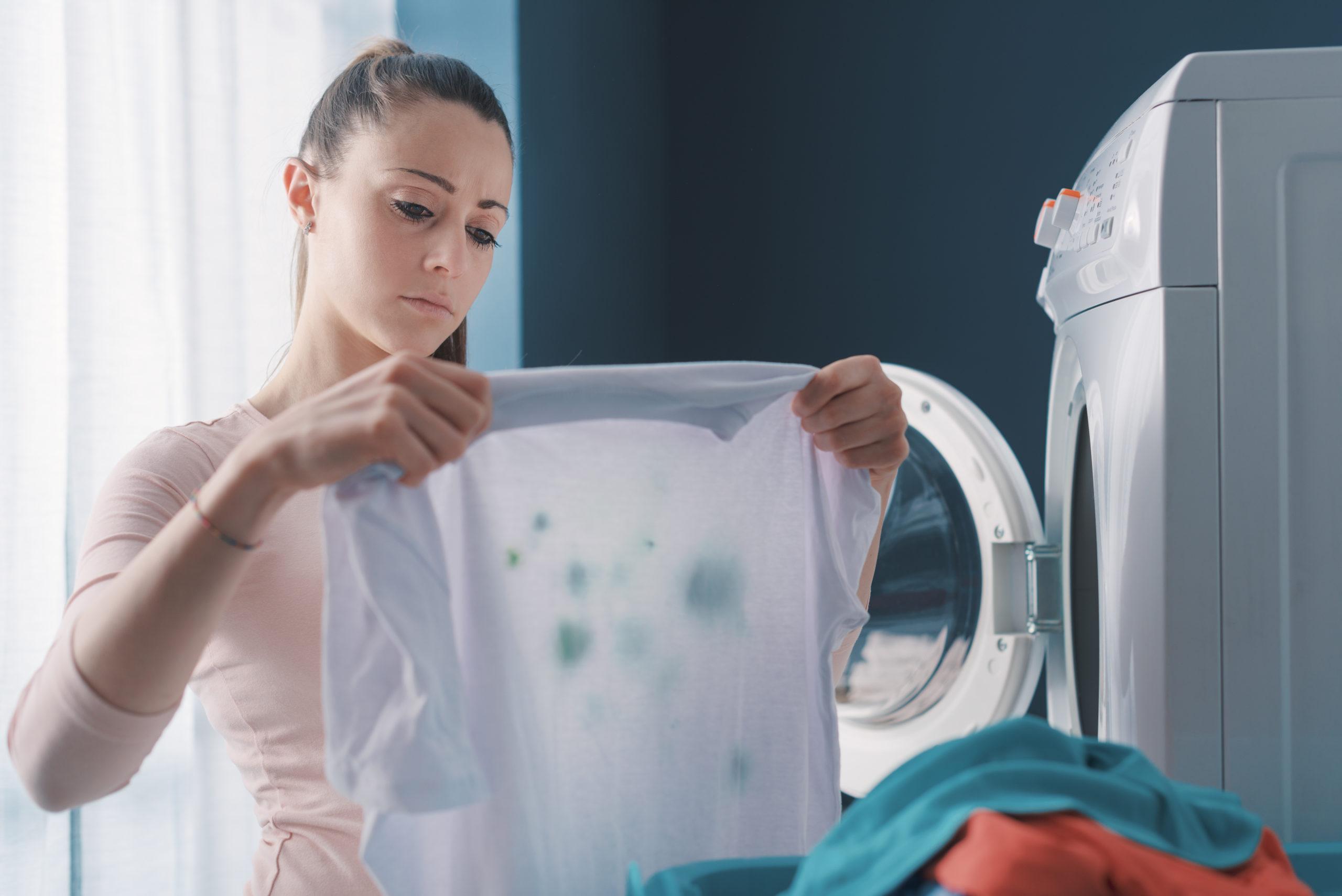
How to get rid of hard water stains on clothes
If you’ve started to notice unsightly yellow stains on your clothing, they are probably being caused by hard water. As well as those unpleasant stains, as we have already mentioned, hard water can also leave white streaks on darker fabrics.
To banish these from your clothes, take a look at our top tips at getting those hard water stains out of your clothing.
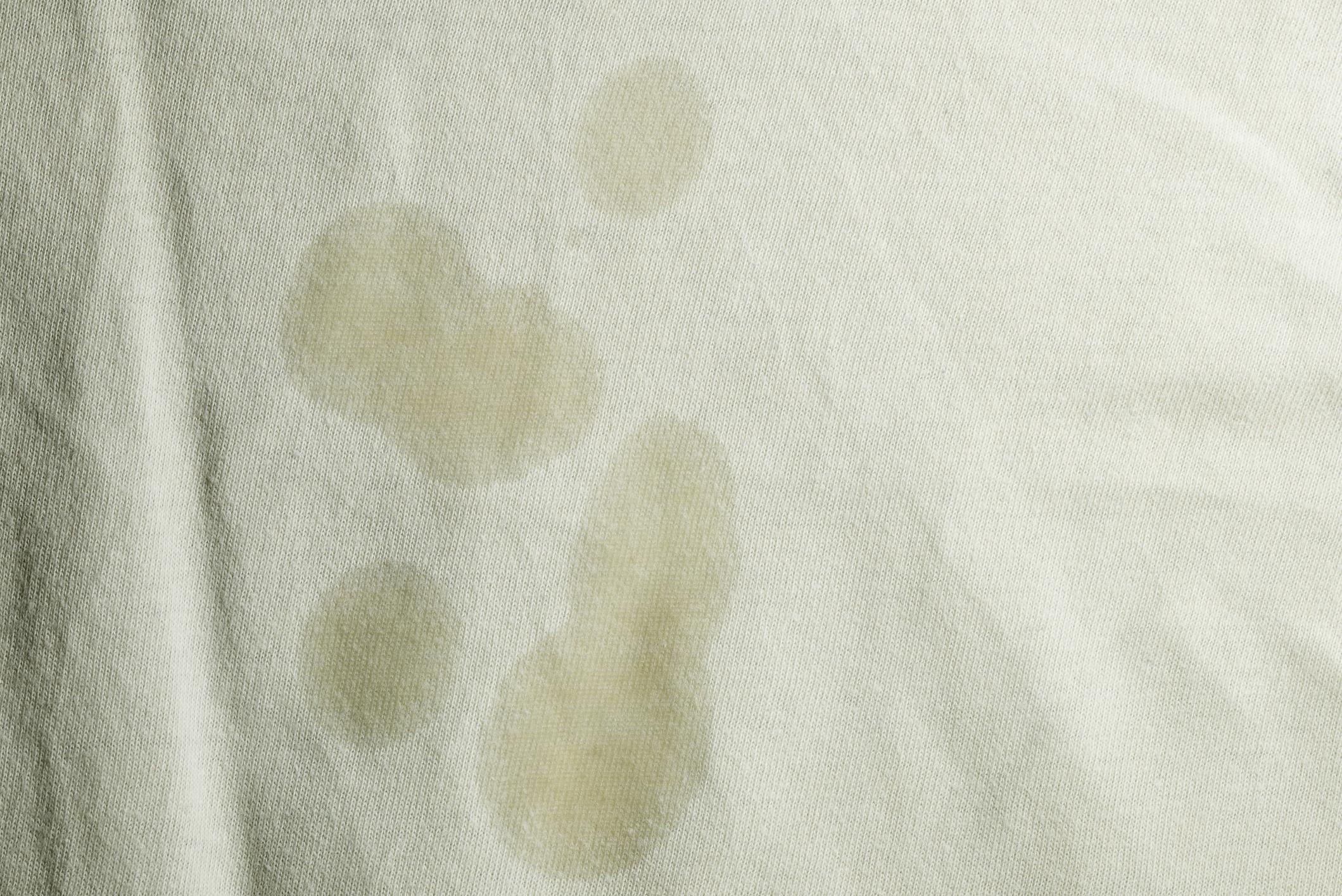
Prevention is better than the cure
There are plenty of solutions on the market to get rid of hard water stains from fabrics – after the fact, but they are time consuming and require constant upkeep. A more permanent solution and investment is a water softener to eliminate limescale altogether.
A water softener is designed to remove calcium and magnesium from your water supply, the two key minerals that contribute to hard water. In hard water areas like Hull, York, Ipswich and Lincoln a water softener will help you to make savings as you’ll use a reduced amount of detergent in each wash.
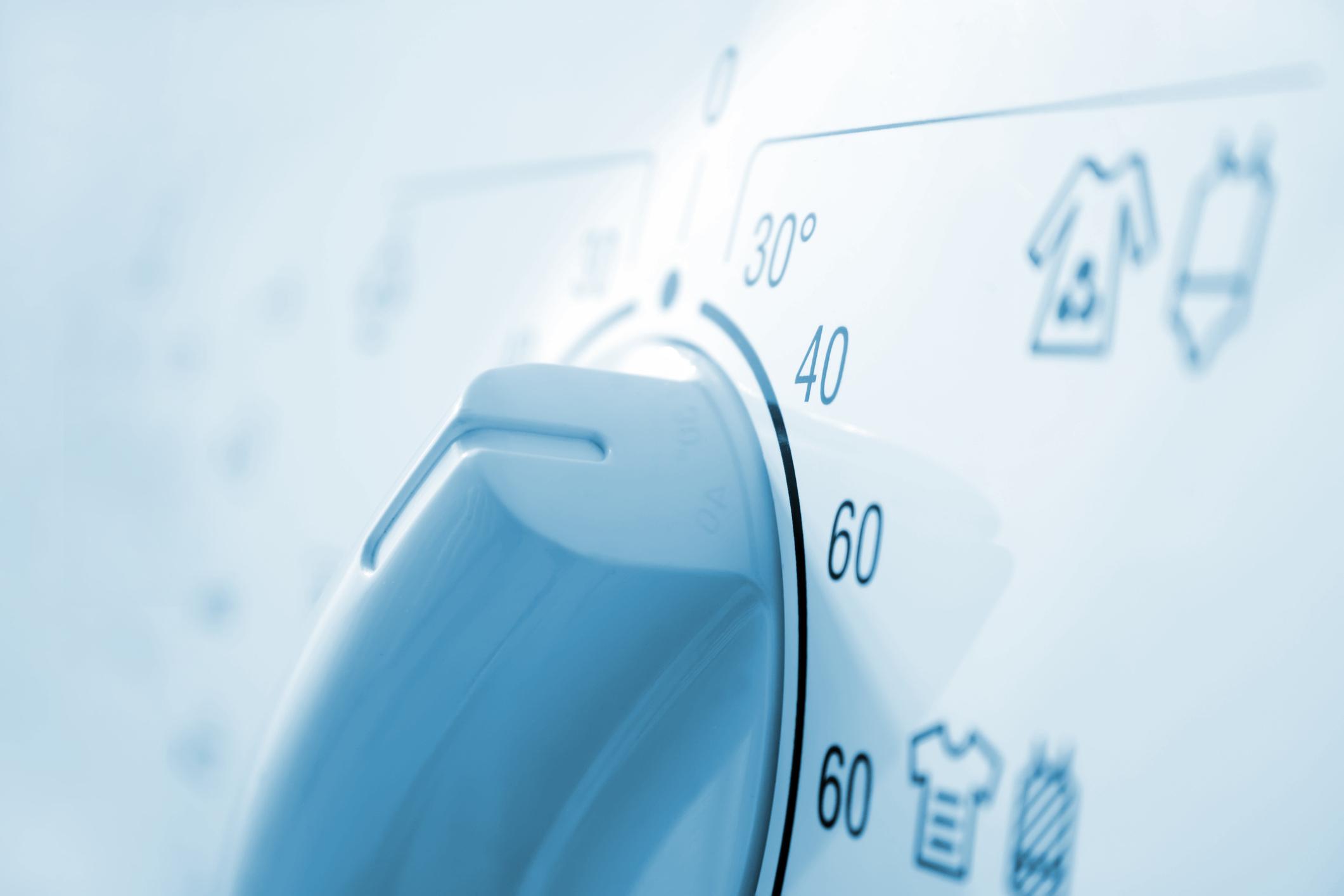
Tackling existing hard water stains on your laundry
For coloured fabrics, you can soak your clothing in a mixture of white vinegar and water. The recommended dosage is around 250ml of vinegar to around 4.5 litres of water. Always check the item’s laundry instructions prior to laundering being extra cautious with delicate fabrics.
Take a bowl and fill it with the mixture above, letting your clothes soak for around 30 minutes. You can then add it to your washing machine as normal and as long as the stain hasn’t set completely, it should be gone by the time the wash cycle has finished.
Tips for washing clothes in hard water
Below are some of our top tips for washing your clothes in hard water and making sure you keep them looking newer for longer.
01
Check the detergant dosage
You may see on the back of your laundry tabs, liquid or powder that the recommended dosage per wash is higher in a hard water area. This is to mitigate the impacts of the higher mineral content in your water, so make sure you ensure you’re using the ratios for the load.
02
Ditch the laundry powder
If your water is particularly hard, it may be worth switching to a liquid detergent or laundry tab instead of powder. Liquid detergents are better prepared to deal with hard water than their powder counterparts.
03
Clean your machine
Descaling and cleaning your washing machine regularly will remove limescale and any detergent residue that may have built up over time in your machine. There are several products available to help you with this.
04
Lower the temperature
Limescale thrives in hot temperatures, that’s why you’ll see it forming around your shower, kettle and taps relatively quickly. Washing at 30 degrees Celsius instead of 40 and above will reduce limescale build up, and it’s better for the environment too!
Conclusion
Hard water can cause lasting damage to your clothes—fading colors, weakening fabrics, and leaving them stiff and dull. While following these tips and tricks won’t completely stop the impacts of hard water in and around your home, you should see a clear difference in the way your clothes are coming out of the wash. Installing a water softener removes the root cause, preserving your clothes’ brightness, texture, and longevity, helping them stay fresh and vibrant wash after wash. For expert advice from the Harvey Water Softeners team or to book a free demonstration, get in touch with us today.